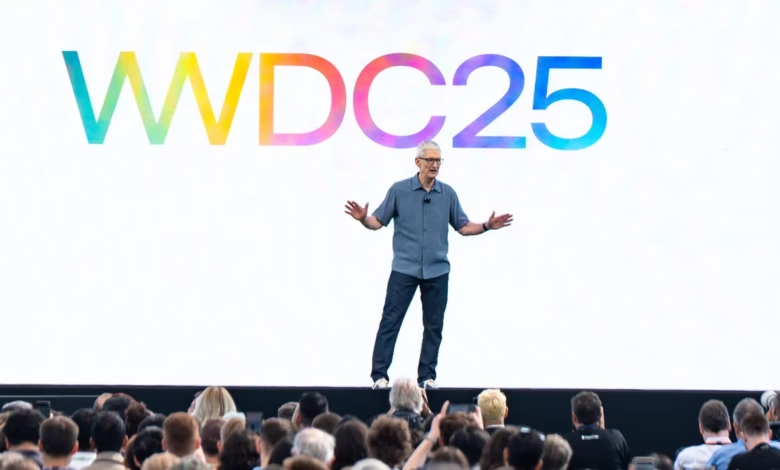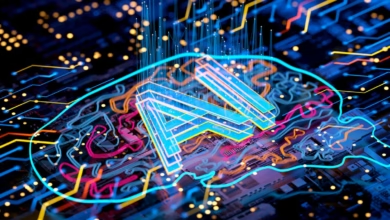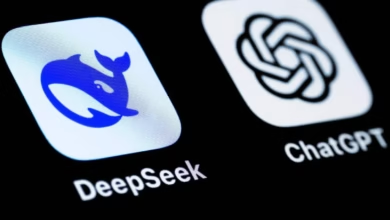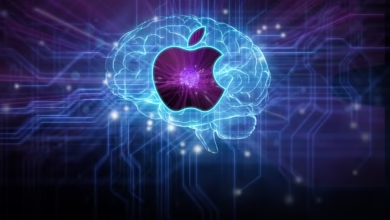Apple vs. Generative AI: Who Benefits More?

▼ Summary
– Apple’s AI strategy faces skepticism due to delays in Siri’s revamp and underwhelming AI feature rollouts, despite some game-changing innovations.
– Generative AI lacks polish and user trust, with only 8% of the public willing to pay for AI features and 69% wary of non-optional AI integrations.
– Apple’s strength lies in integrating AI into existing software features rather than competing in the chatbot arms race dominated by OpenAI and Google.
– Siri’s outdated codebase requires a ground-up rebuild to compete with modern AI assistants, but Apple has the talent and time to execute this.
– Apple is well-positioned in the AI revolution due to its focus on user experience, device ecosystem, and powerful hardware, even as AI startups proliferate.
The battle between Apple and generative AI innovators raises an important question: which approach will ultimately deliver more value to users? While tech giants like OpenAI and Google race to push boundaries with flashy AI capabilities, Apple’s measured strategy focuses on refinement, privacy, and seamless integration, qualities often missing in today’s AI landscape.
Recent developments highlight this divide. Despite promises of a Siri overhaul, Apple’s AI assistant remains behind competitors, with reports suggesting delays until 2026. Meanwhile, generative AI tools, though powerful, frequently suffer from inaccuracies and overpromising. ZDNET research reveals only 8% of consumers are willing to pay for AI features, while 69% would abandon products if they couldn’t disable AI functionality. This enthusiasm gap underscores a critical challenge: users crave reliability, not just innovation.
Apple’s strength lies in its ability to enhance existing experiences rather than chasing trends. At WWDC 2025, the company demonstrated this by embedding AI into core functionalities, like real-time translation in Messages, without relying on standalone chatbots. This “de-chatbot-ification” strategy prioritizes utility over hype, aligning with Apple’s reputation for polished, user-centric design.
Rebuilding Siri from the ground up could be a game-changer. The assistant’s outdated architecture, rooted in decades-old DARPA projects, has hindered its evolution. A fresh start, leveraging modern large language models (LLMs), might finally position Siri as a true competitor. While acquisitions like Anthropic could accelerate progress, the $100 billion price tag makes such a move improbable. Instead, Apple’s in-house talent and patience may prove more effective in the long run.
The broader AI ecosystem still depends heavily on Apple’s hardware. With over 50,000 AI startups and $27 billion in annual investments, most cutting-edge tools will run on iPhones, iPads, and Macs. Even OpenAI’s rumored AI hardware won’t replace these devices, reinforcing Apple’s central role in the AI revolution.
Ultimately, the tech industry needs both disruptors and refiners. While generative AI pioneers push boundaries, Apple’s disciplined approach ensures these advancements translate into practical, trustworthy tools. The real winners? Users who benefit from innovation that’s not just groundbreaking, but also dependable.
(Source: ZDNET)





